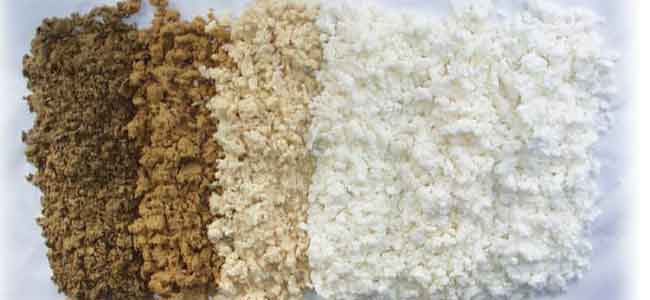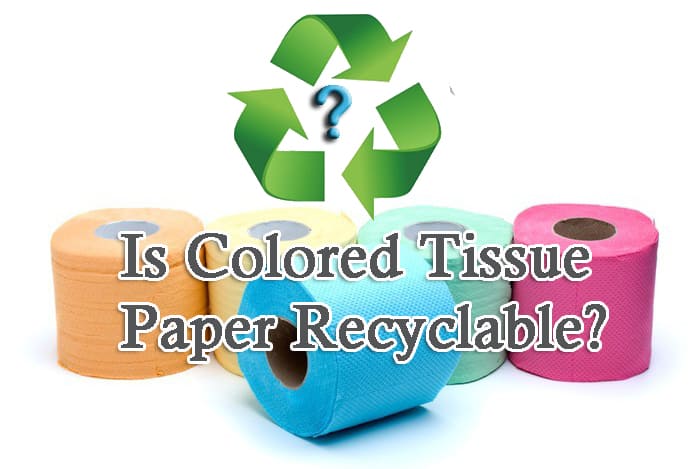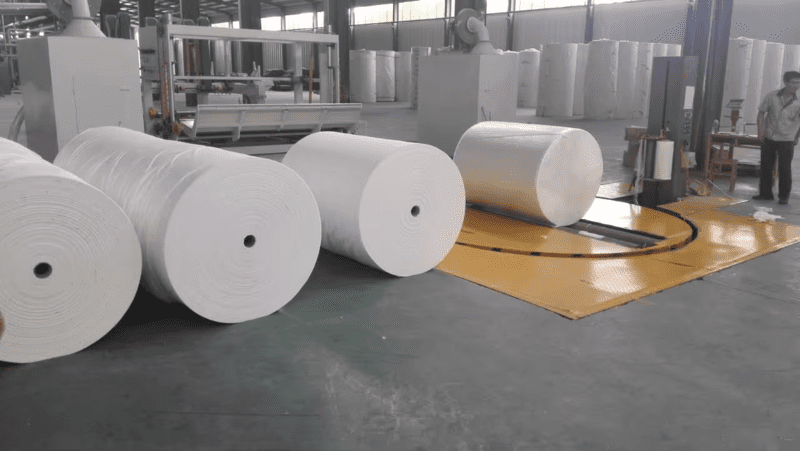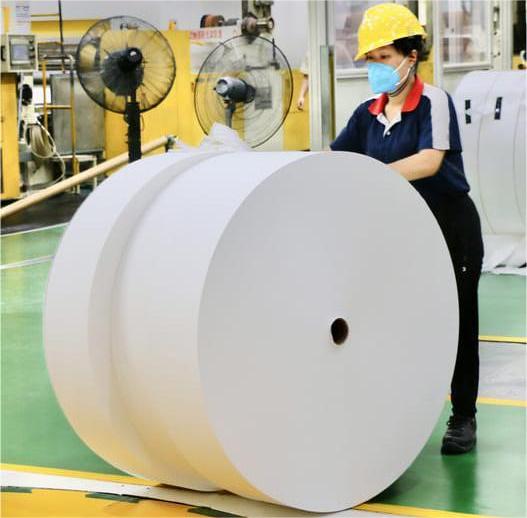The Benefits of Toilet Paper Made of Wood Pulp Combined with Bamboo Pulp
In the evolving world of hygiene products, the demand for sustainable and effective solutions has never been higher. One innovation that stands out is toilet paper made of wood pulp combined with bamboo pulp. This unique blend marries the traditional qualities of wood pulp with the eco-friendly benefits of bamboo, creating a product that is both practical and environmentally conscious. In this article, we will delve into the various aspects of this toilet paper, exploring its benefits, production processes, and impact on the environment.
What is Wood Pulp?
Wood pulp is a fibrous material derived from trees. It is the primary raw material in the paper-making industry, known for its versatility and strength. The process involves breaking down wood into its cellulose fibers, which can then be formed into various paper products, including toilet paper. Wood pulp provides the necessary durability and absorbency that consumers expect from toilet paper.
What is Bamboo Pulp?
Bamboo pulp, on the other hand, is produced from bamboo, a fast-growing and renewable resource. Bamboo has been gaining attention in various industries due to its sustainability. The process of making bamboo pulp is similar to that of wood pulp but with a significantly lower environmental impact. Bamboo pulp is naturally soft, strong, and has antimicrobial properties.

Why Combine Wood Pulp and Bamboo Pulp?
Combining wood pulp and bamboo pulp leverages the strengths of both materials. Wood pulp offers durability and a familiar texture, while bamboo pulp provides additional softness and sustainability. This combination results in a toilet paper product that is not only effective but also gentle on the environment.
Production Process
The production of toilet paper from wood and bamboo pulp involves several steps. Initially, both types of pulp are prepared separately. The wood pulp is processed through mechanical or chemical means to break down the fibers, while the bamboo pulp undergoes a similar process. These pulps are then blended in specific ratios to achieve the desired balance of strength and softness. The mixture is formed into thin sheets, dried, and rolled into the final product.
Sustainability of Bamboo Pulp
Bamboo is an incredibly sustainable resource. It grows rapidly, with some species reaching maturity in just three to five years. Unlike trees, bamboo does not need replanting after harvest, as it regenerates from its root system. This rapid growth rate and regenerative ability make bamboo an excellent alternative to traditional wood sources, reducing deforestation and environmental impact.
Strength and Durability
The inclusion of wood pulp ensures that the toilet paper retains its necessary strength and durability. Wood fibers are known for their tensile strength, which means the toilet paper is less likely to tear during use. This attribute is essential for consumer satisfaction and effective performance.
Softness and Comfort
Bamboo pulp contributes significantly to the softness of the toilet paper. The fine fibers of bamboo create a smooth and gentle texture, enhancing comfort during use. This combination ensures that the toilet paper is not only functional but also pleasant to use.
Cost-Effectiveness
Combining wood pulp with bamboo pulp can also be cost-effective. Bamboo’s rapid growth and abundant availability can reduce production costs. Additionally, using a blend allows manufacturers to maintain quality while managing expenses, ultimately benefiting consumers with competitive pricing.
Environmental Impact
The environmental impact of using bamboo pulp is considerably lower than that of traditional wood pulp. Bamboo cultivation requires less water, fewer pesticides, and can thrive on marginal land, reducing the strain on natural resources. Furthermore, the carbon footprint of bamboo pulp production is lower, contributing to a more sustainable paper industry.
Comparing with Traditional Toilet Paper
Traditional toilet paper, made solely from wood pulp, has been the standard for decades. However, the introduction of bamboo pulp offers several advantages. The blended product is not only softer and stronger but also more environmentally friendly. Consumers are increasingly aware of the ecological impact of their choices, making this hybrid product a compelling alternative.
Market Demand and Trends
The market demand for eco-friendly products is on the rise. Consumers are more environmentally conscious and willing to support sustainable practices. Toilet paper made from wood and bamboo pulp caters to this growing demand, offering a product that aligns with eco-friendly values without compromising on quality.
Brands Utilizing This Blend
Several brands have recognized the benefits of combining wood and bamboo pulp and have introduced products to the market. These brands highlight the sustainability and performance of their toilet paper, appealing to eco-conscious consumers. Notable brands include Who Gives A Crap, Bim Bam Boo, and The Cheeky Panda.
Consumer Preferences
Consumer preferences are shifting towards products that offer both quality and sustainability. Toilet paper made from wood and bamboo pulp meets these criteria, providing a practical solution that consumers can feel good about using. The preference for such products is expected to continue growing as awareness of environmental issues increases.
Health Benefits
Bamboo pulp has natural antimicrobial properties, which can offer additional health benefits. This characteristic helps in reducing the presence of harmful bacteria on the toilet paper, providing a cleaner and safer product for personal hygiene.
Biodegradability
One of the significant advantages of this blend is its biodegradability. Both wood and bamboo pulp are naturally biodegradable, breaking down more easily in the environment compared to synthetic alternatives. This trait ensures that the toilet paper has a minimal long-term environmental impact.
Recycling and Disposal
Toilet paper made from wood and bamboo pulp can be disposed of in a standard manner. Its biodegradable nature means it will break down in septic systems and sewage treatment plants. Additionally, the production process often involves recycling and repurposing waste materials, further enhancing its eco-friendly credentials.
Challenges in Production
Despite its benefits, producing toilet paper from a blend of wood and bamboo pulp presents certain challenges. Balancing the ratio of the two pulps to achieve optimal performance can be complex. Additionally, ensuring a consistent supply of bamboo and managing the logistics of blending the pulps requires careful planning and coordination.
Future Innovations
The future of toilet paper production lies in continued innovation. Research and development are focused on improving the properties of blended pulp products, exploring new sustainable materials, and enhancing production processes. The goal is to create even more eco-friendly and high-performance toilet paper that meets the evolving needs of consumers.
Conclusion
Toilet paper made from wood pulp combined with bamboo pulp represents a significant step towards sustainability in the hygiene industry. This innovative blend offers the best of both worlds—strength and durability from wood pulp, and softness and eco-friendliness from bamboo pulp. As consumers become more environmentally conscious, the demand for such products is likely to grow, driving further advancements in this area. By choosing toilet paper made from this sustainable blend, we can contribute to a healthier planet while enjoying the comfort and quality we expect.







